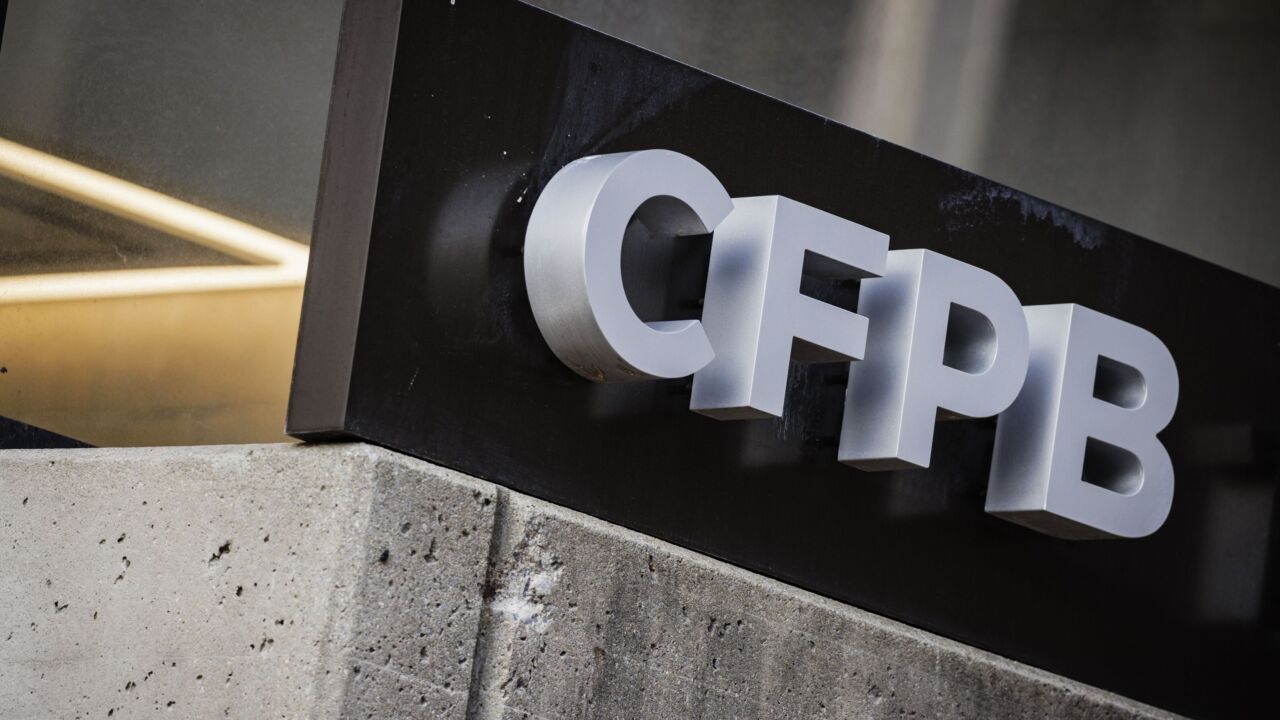
The multifamily construction boom may finally be coming to an end as leasing of new units has slowed and lenders are becoming more cautious.
Following the financial crisis, the multifamily and hotel sectors were the first to recover. But there are growing concerns that the multifamily sector might be topping out despite strong fundamentals.
"Credit quality remains strong. However, borrower caution is rising and here is a general sense that multifamily lending is at the top of its cycle," said the Community Depository Institutions Advisory Council, which is comprised of 12 community bankers, after a meeting two weeks ago at the Federal Reserve Board. "Concerns for a possible bubble have led traditional lenders to proceed carefully."
The Mortgage Bankers Association argues that the market is simply transitioning from extremely tight market conditions with very low vacancy rates and rapid rent increases to a period of more moderate vacancy rates and rent increases.
In the first three quarters of 2016, apartment loan volume increased by 9% and apartment prices increased by 10%, according to Jamie Woodwell, a vice president for research and economics at the MBA.
Analysts at Keefe, Bruyette & Woods recently reported that the multifamily annual rent growth slowed to 4.8% from over 7% a year ago.
The occupancy rate in the apartment sector also peaked in 2015, "which is helping to pull down overall pricing," according to a third-quarter commercial real estate report by the Wells Fargo Securities Economics Group.
"National net completions have exceeded demand for the past six consecutive quarters," the report said.
Perhaps as a result, an
"The growing supply of new apartments, primarily in the Class A space, appears to have finally reached a level to slow the historically high rent growth. Additionally, debt and equity markets are more discerning in terms of what deals they are ready to take on, including the continued slowing of available construction loans," said Mark Obrinsky, the council's chief economist, in a Nov. 15 report.
"Despite the softening due to the new development focus on Class A apartments, the overall fundamentals for apartments remain stable, indicated by the strong demand for Class B and C properties," Obrinsky added.
Still, Woodwell said last month that the apartment market is in good shape.
"Strong property fundamentals, increasing property values and sturdy sales activity — particularly among multifamily properties — are driving borrowing and lending to record levels," Woodwell said. "While next year could bring a variety of different market conditions, we anticipate a growing economy, coupled with only gradual increases in interest rates, will continue to support strong commercial property, and property finance markets."
Caitlin Walter, the National Multifamily Housing Council's director for research, agrees.
"Overall, fundamentals are still good," she said in an interview.
But it is a market-by-market story. Multifamily starts are up in 42% of the markets and down in 44% of markets. "Rent growth is moderating, but there is still rent growth, and vacancy rates are at historic lows. While absorption of new units has declined, it is still good right now."
The council estimates there should be 300,000 to 400,000 multifamily units completed every year to keep up with demand. The 12-month moving average is 302,000 completions for October, compared to 300,000 units as of October 2015.
"When you look at certain markets, it looks like a lot of construction. But at the national level we are right about where we ought to be," Walter said.
Multifamily starts for the first 10 months of this year totaled 336,000, down 10.2% from the same period in 2015, according to Census Bureau data.
At this late stage of the real estate cycle, rent growth is already moderating in the apartment sector, according to Anika Khan, a senior economist for Wells Fargo Securities.
The occupancy rate in apartments has likely peaked. "So we are starting to see a little bit of an increase in the vacancy rate," Khan said in an interview Tuesday.
"There is still room to run but the pace of growth has come off its surge. Investors are surveying where the pockets of risk are and where the pockets of opportunities are. I think investors are steering to more secondary markets," she added. "We are starting to see pickup in places like Charlotte, N.C. We are also seeing some pickup in Class B and C apartments as well."
Meanwhile, there is a lot of foreign money coming into apartments and cap rates are low.
"But lenders are being very vigilant and very cautious in the apartment space," Khan said. A recent Federal Reserve Board senior loan officer survey found tighter lending standards for apartment loans. However, demand for multifamily loans was unchanged.
Some lenders are seeing stress in absorption rates, noted American Banker Association Senior Vice President Bob Davis. That can cause problems when it comes time to convert a construction loan into a permanent mortgage.
"If you have a hard time leasing up, the appraisal is going to suffer and refi capabilities are diminished," Davis said.
The 90-day-or-more delinquency rate on multifamily loans was 0.19% in the third quarter — the lowest on record, the Federal Deposit Insurance Corp. reported Tuesday.





